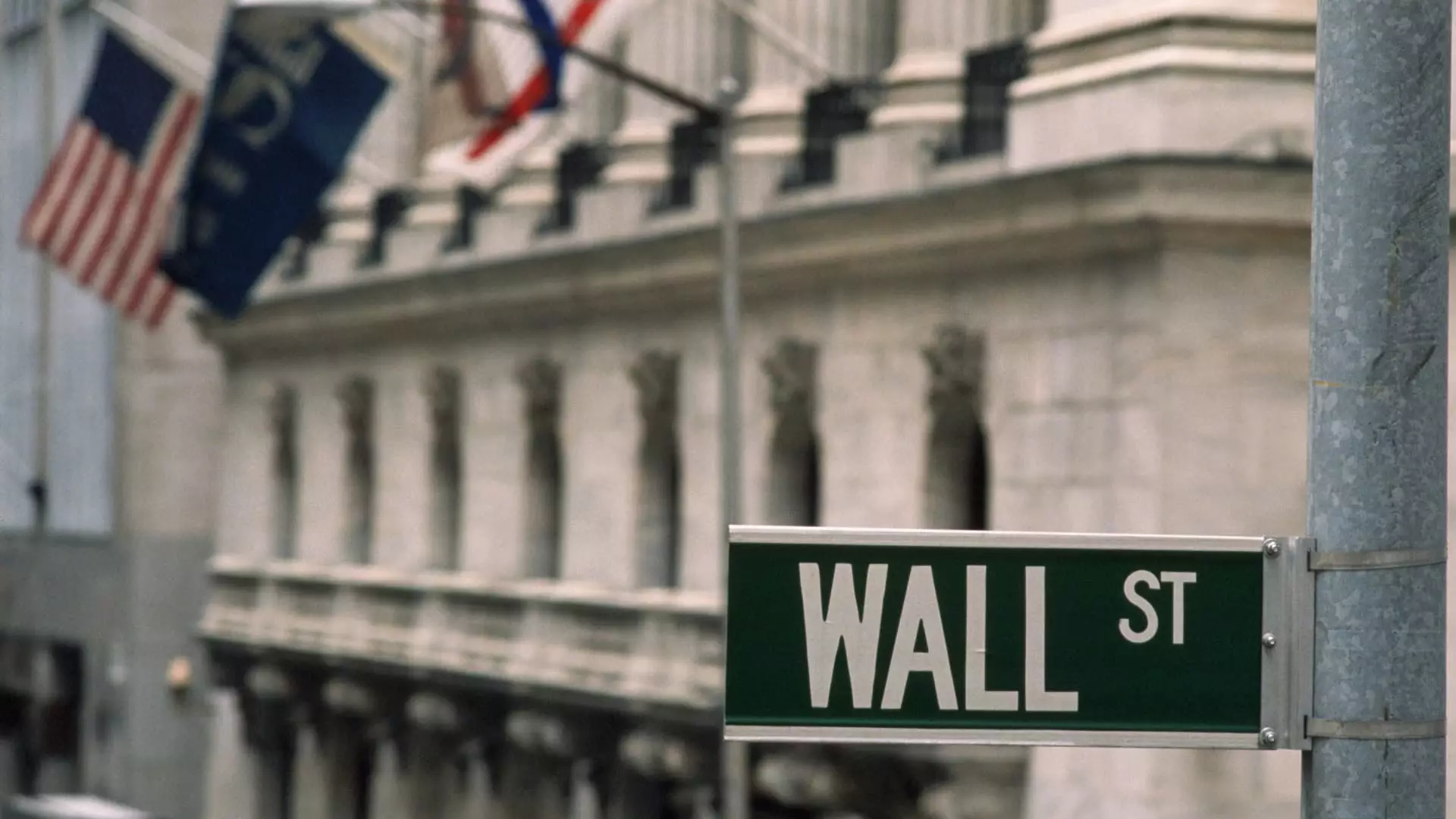As the year unfolds, the initial public offering (IPO) landscape in 2025 is beginning to take shape, albeit amidst a cautious response from investors. The current year has seen more than a dozen companies, including Twin Peaks, making their debut on the Nasdaq as early as Thursday. However, the general market reception has been lukewarm at best. Despite this, Nelson Griggs, the president of Nasdaq, remains optimistic about a possible upswing in IPO activity in the latter half of the year. Drawing an analogy to a pendulum, Griggs noted that the IPO market, which swings between phases of public and private investment, may soon favor the latter.
While some companies are gearing up for public offerings, the path is often fraught with challenges. Take Panera Brands, for instance; its long and tumultuous journey toward going public highlights the complexities that many firms face. Likewise, the circumstances surrounding Twin Peaks—a spinoff of Fat Brands aimed at debt reduction—exemplify how broader strategic motives can influence IPO decisions. This situation indicates that, while the IPO route remains a feasible option for some, the journey is anything but straightforward, often clouded by unexpected obstacles.
Moreover, many tech firms, particularly those in the artificial intelligence sector, continue to thrive in private markets, illustrating that a multitude of financing options are still available beyond public listings. Companies like OpenAI have showcased their ability to secure considerable funding from private sources, which diminishes the urgency to pursue an initial public offering. This trend underscores a significant shift in investment behaviors, suggesting that many firms are finding alternative routes for growth and liquidity that do not necessitate the public market’s scrutiny.
Griggs pointed out that recent innovations in private funding avenues have provided companies with enhanced liquidity, encouraging them to delay their IPOs. While access to capital through private avenues has surged, Griggs emphasized the fundamental necessity of public listings for achieving sustained liquidity. This duality within the market has resulted in an intricate interplay between public and private investment strategies, shifting the perceptions of when and how to go public.
Despite these complexities, Griggs remains optimistic about the market’s potential rebound. The past three years, marked by low capital generation in public markets, have created a backlog of companies eager to take the plunge. As trends evolve and investor confidence begins to solidify, the incentives for taking a company public may soon become more apparent, heralding a new era for IPOs.
As we progress further into 2025, all eyes will be watching how the IPO market unfolds. The current climate suggests that while there may be hurdles, there are also significant opportunities lurking beneath the surface. With a mix of innovation in private financing and a historical backlog of companies looking to enter public markets, the potential for a revitalized IPO scene cannot be dismissed. It remains essential for investors to keep a close watch on these developments as they consider the future of public market participation.

